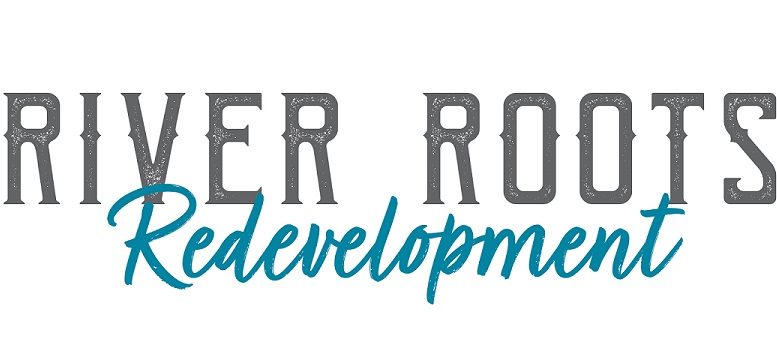As Pennsylvania’s Oil Region and other areas with industrial legacies begin to shift focus to cleaner energy, the role of sustainable energy storage becomes crucial. As we’ve seen over the last two weeks, nickel-zinc batteries have emerged as a safer, recyclable alternative to traditional lithium-ion batteries, showcasing how new technologies can support grid stability, local energy independence, and job creation. Yet, as renewable energy grows, so does the need for diverse storage solutions that match the scale and demands of various applications. Innovative methods like compressed air systems, flow batteries, and thermal energy storage present other options that can complement battery technologies, especially in regions like ours where existing infrastructure and natural resources could be leveraged. Together, these storage solutions offer a range of pathways to a cleaner, more self-sufficient energy future.
Compressed Air Energy Storage
Compressed Air Energy Storage (CAES) compresses air into large underground spaces or tanks. The air is then released through turbines to generate electricity when needed, making it a scalable long-duration storage solution. CAES systems have a low environmental footprint, especially when powered by renewable energy sources. They require minimal land use and do not involve chemical processes, making them free of toxic byproducts. However, if not designed carefully, CAES can contribute to noise pollution and slight temperature changes in air discharge, so companies are working on new designs that limit these effects.
Flow Batteries
Flow batteries store energy in liquid electrolytes kept in external tanks, with capacity that can be easily scaled. Common types include vanadium and organic flow batteries. Flow batteries are durable, lasting for thousands of cycles without significant degradation, reducing waste and maintenance. Vanadium flow batteries are highly recyclable, while organic flow batteries, which use organic molecules instead of metals, are even less environmentally invasive. Neither type poses the fire risks associated with lithium-ion batteries, enhancing their safety in community applications.
Thermal Energy Storage
Thermal Energy Storage (TES) stores heat or cold in materials like water, molten salt, or rocks, releasing it later for electricity generation or heating. TES is commonly paired with concentrated solar power (CSP) plants or in district heating systems. TES systems have a relatively low environmental impact, using recyclable or reusable materials. They emit no harmful byproducts, and because they operate on renewable heat or excess renewable electricity, they support clean energy use while offsetting fossil fuel demands for heating. However, they require specific materials and careful insulation to avoid energy loss over time.
Whether or not these specific energy storage solutions are implemented here remains to be seen, but they represent exciting opportunities for Pennsylvania’s Oil Region to advance toward a sustainable future. By adopting technologies like CAES, flow batteries, and TES, the region could build on its industrial legacy and become a leader in eco-friendly energy. These technologies not only hold the potential to lower greenhouse gas emissions and strengthen local economies, but they also pave the way for skilled job creation in areas like installation, maintenance, and technological advancement—building a more sustainable future for all of us.
Want to continue the conversation? If you would like to learn more or if you would like to get involved or have your voice heard, we’d love to hear from you! You can reach out via email: rachel@riverrootsredevelopment.org. Keep an eye on our website: riverrootsredevelopment.org and Facebook page @RiverRootsRedevelopment for more updates and for upcoming Community Coffee Chats, where you can find out more about local projects and share your own ideas with some of those involved in local redevelopment.
——————-
Rachel Brosnahan is the Community Engagement Coordinator for River Roots Redevelopment. She can be reached by email at rachel@riverrootsredevelopment.org.


































